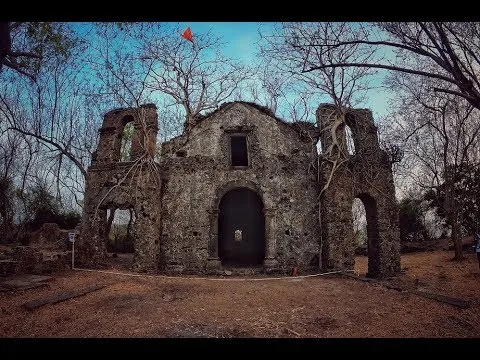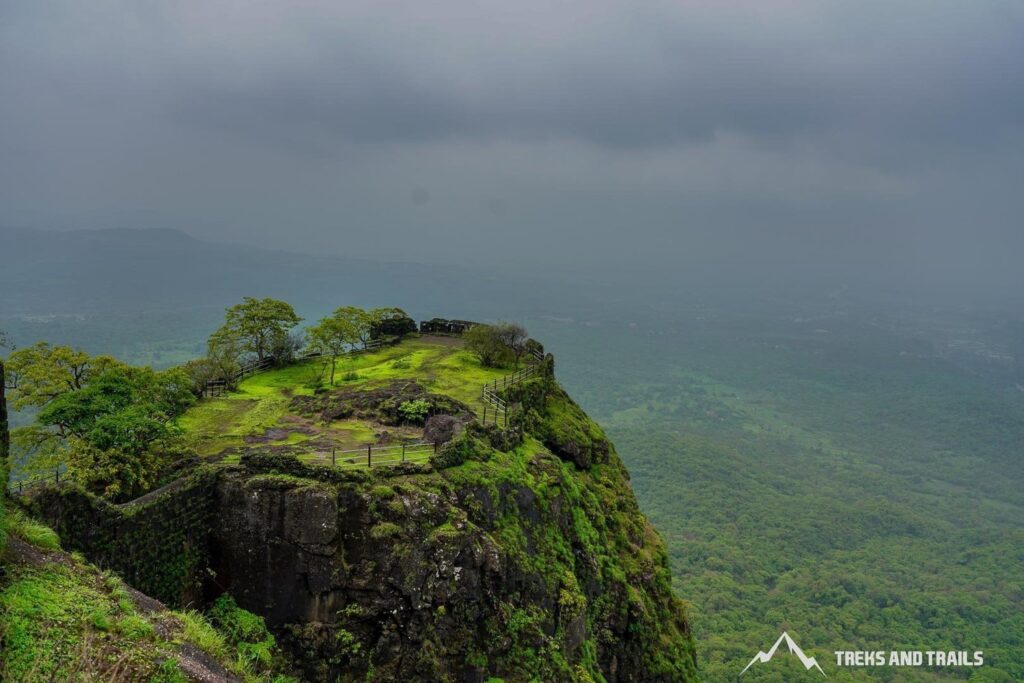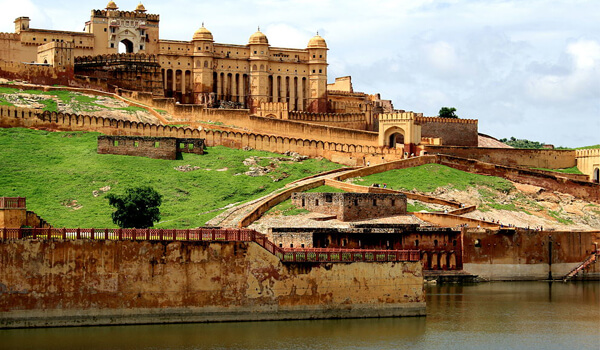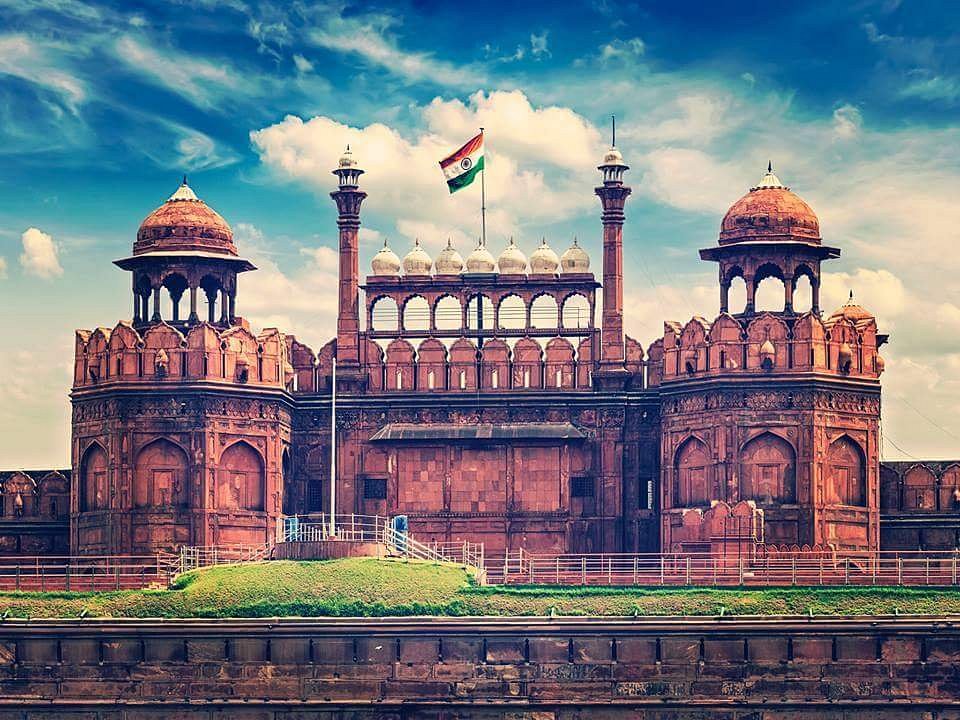In the heart of the rugged Aravalli Range, standing as a silent witness to centuries of tumultuous history and cultural evolution, lies the majestic Achala Fort. Nestled amidst the lush greenery and rocky terrain of the Mewar region in Rajasthan, India, this formidable fortress has been a symbol of strength, resilience, and architectural brilliance for over many centuries.
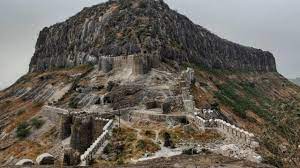
Historical Significance:
The roots of Achala Fort trace back to ancient times, with its origins shrouded in the mist of mythology and folklore. According to local legends, the fort was built by the Paramara dynasty in the 8th century CE. However, its prominence rose during the reign of the mighty Mewar rulers, particularly during the era of Maharana Kumbha in the 15th century.
The strategic location of Achala Fort made it a coveted stronghold for various dynasties vying for supremacy in the region. It served as a bastion of defense against invasions from rival kingdoms and foreign invaders. The fort witnessed numerous battles, sieges, and conquests, each leaving its mark on the walls of this ancient citadel.
Architectural Grandeur:
The architectural splendor of Achala Fort reflects the ingenuity and craftsmanship of its builders. Constructed primarily using locally sourced materials such as sandstone and marble, the fort exhibits a blend of Rajput and Mughal architectural styles, showcasing intricate carvings, imposing gateways, and majestic palaces.
One of the most notable features of Achala Fort is its imposing ramparts, which encircle the entire complex, providing unparalleled views of the surrounding landscape. The fortifications are adorned with bastions, watchtowers, and cannon emplacements, serving as a testament to its military significance.
The inner precincts of the fort are adorned with ornate palaces, courtyards, and temples, each bearing the hallmark of exquisite craftsmanship and artistic finesse. The Zenana Mahal, or the Palace of the Queens, stands as a testament to the opulence and grandeur of the royal household, with its intricately carved pillars, frescoed walls, and elaborately designed chambers.
Cultural Heritage:
Beyond its military and architectural significance, Achala Fort holds immense cultural and historical importance. It served as a center of art, culture, and learning, patronized by the Mewar rulers and their courtiers. The fort was a hub of artistic endeavors, with poets, musicians, and scholars finding patronage within its walls.
The temples within the fort complex are revered as sacred sites, drawing pilgrims and devotees from far and wide. The Achaleshwar Temple, dedicated to Lord Shiva, is a prominent religious shrine, known for its intricate carvings and spiritual ambiance. Devotees flock to the temple to seek blessings and partake in religious festivities.
Legacy and Heritage Conservation:
Despite the passage of time and the ravages of history, Achala Fort continues to stand as a symbol of resilience and endurance. Its legacy has been preserved through the efforts of government authorities, heritage conservation organizations, and local communities.
Efforts have been made to restore and maintain the architectural integrity of the fort, ensuring that future generations can marvel at its grandeur and learn from its rich history. Conservation projects have focused on restoring crumbling structures, preserving delicate artworks, and implementing sustainable tourism practices to minimize environmental impact.
Tourism and Visitor Experience:
Today, Achala Fort stands as a popular tourist destination, attracting history enthusiasts, architecture aficionados, and nature lovers from around the world. Visitors can explore the labyrinthine corridors, climb the towering ramparts, and immerse themselves in the rich tapestry of history that permeates every stone of this ancient fortress.
Guided tours offer insights into the fort’s storied past, highlighting key historical events, architectural marvels, and cultural landmarks. Visitors can also indulge in recreational activities such as hiking, birdwatching, and photography, taking in the breathtaking vistas of the surrounding Aravalli hills.
Conclusion:
In conclusion, Achala Fort stands as a timeless monument to the indomitable spirit of human endeavor and the enduring legacy of Rajasthan’s rich cultural heritage. Its towering ramparts, ornate palaces, and sacred temples bear testimony to centuries of history, tradition, and conquest. As we gaze upon its weathered walls and crumbling battlements, we are reminded of the resilience of the human spirit and the timeless allure of the past.
Achala Fort beckons us to embark on a journey of discovery, to unravel the mysteries of its ancient corridors and unlock the secrets of its storied past. In doing so, we not only pay homage to the generations of builders, warriors, and visionaries who shaped its destiny but also forge a deeper connection with our shared cultural heritage and the timeless essence of Rajasthan’s majestic landscape.

